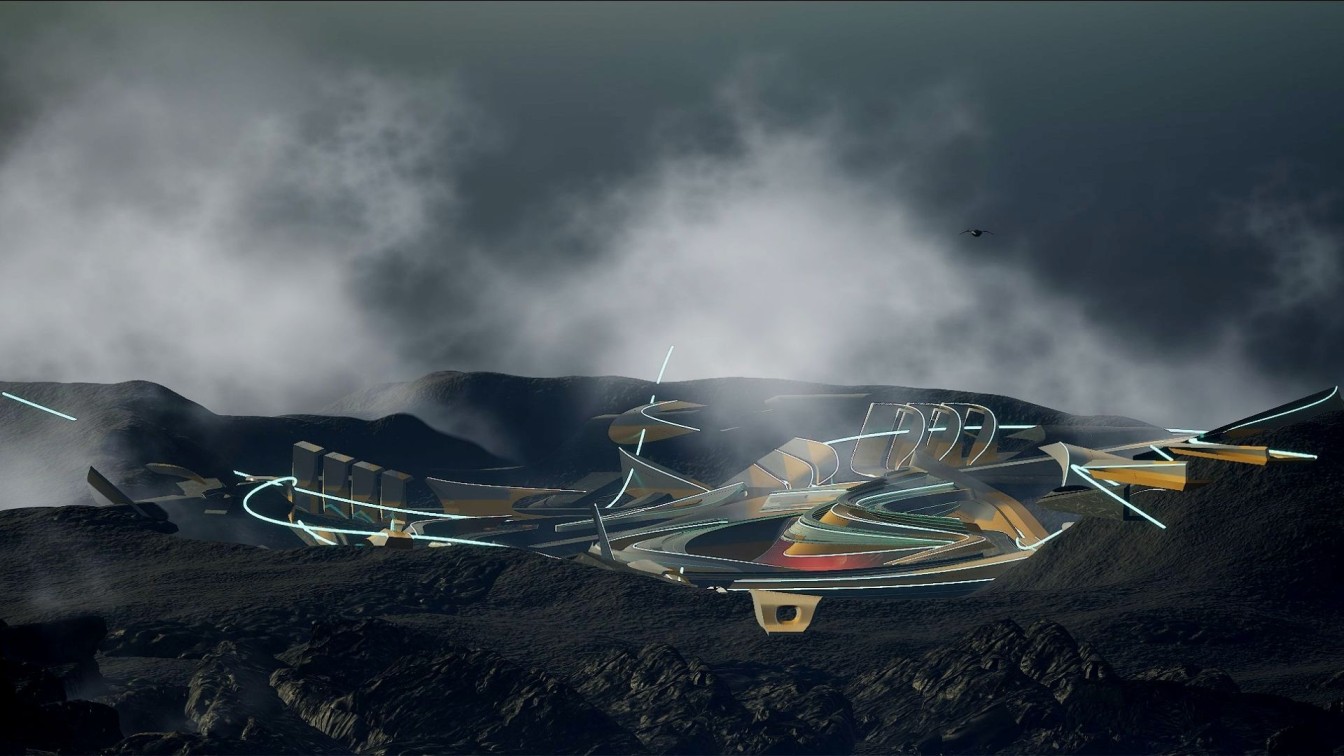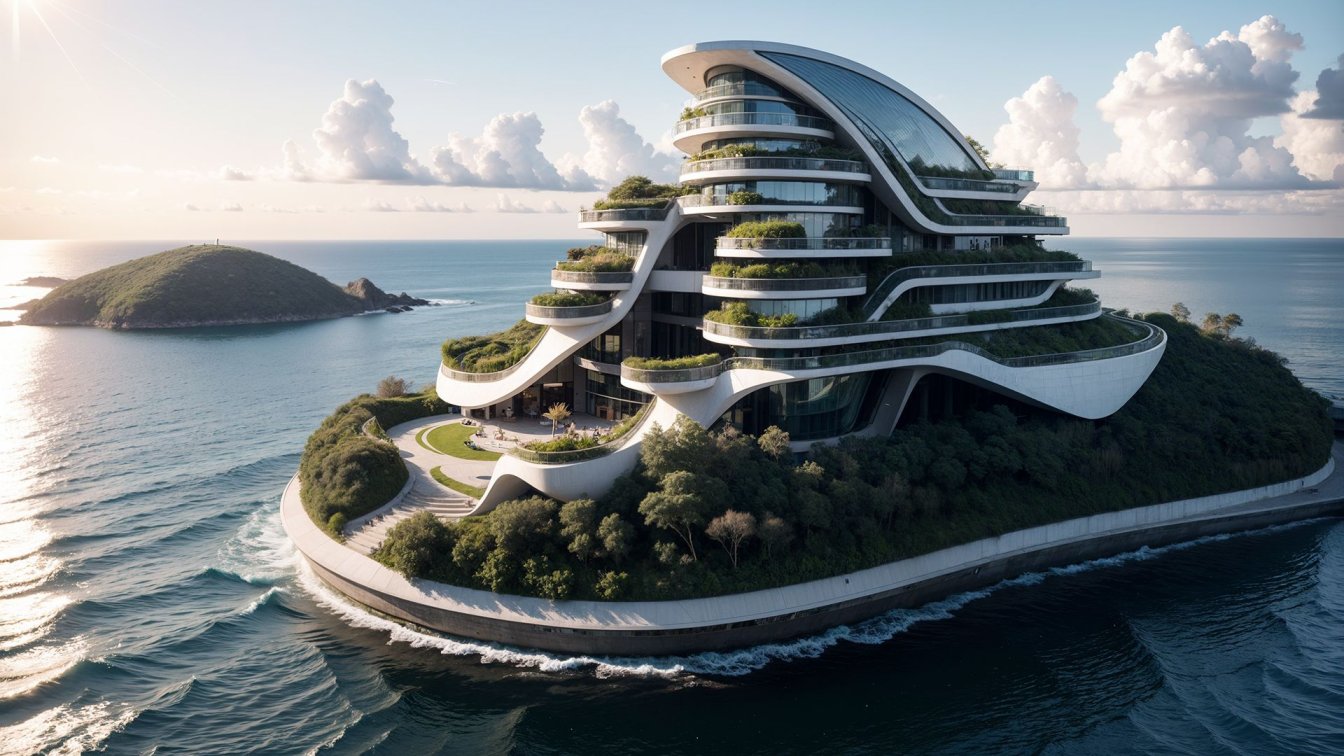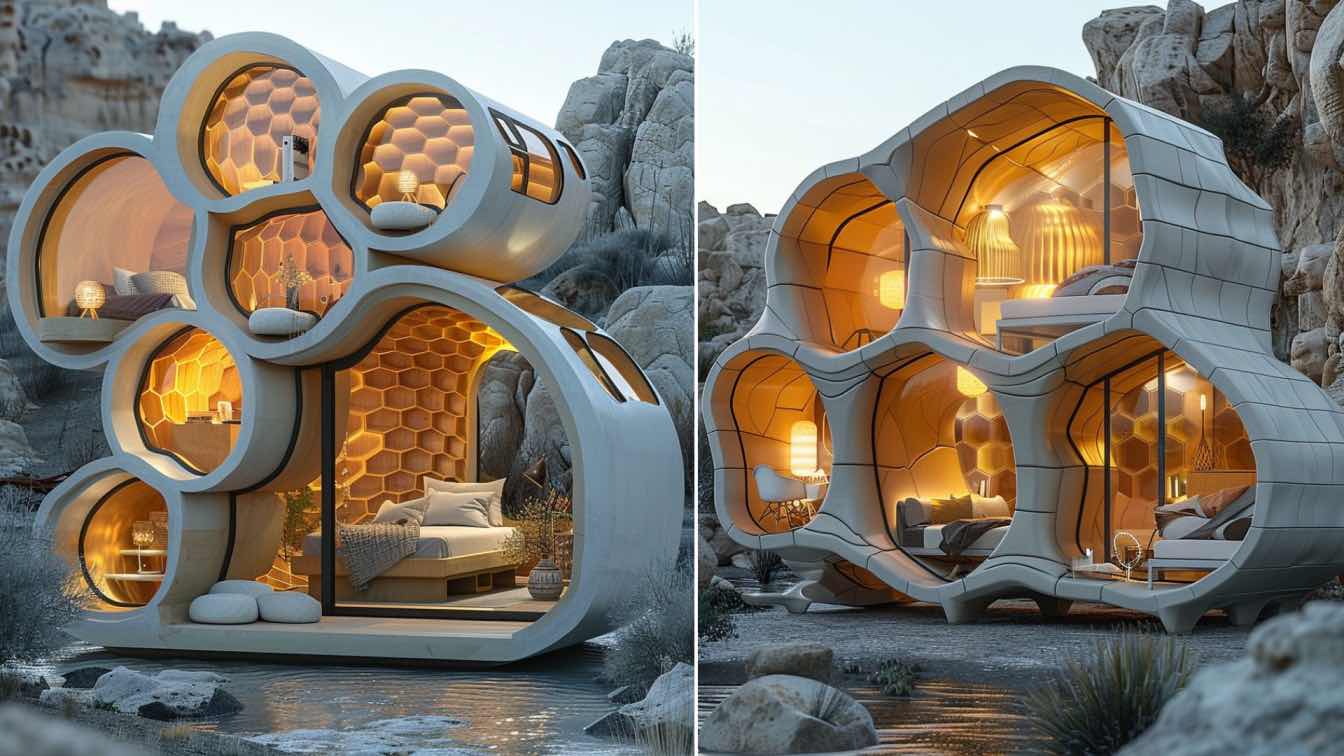Rezvan Yarhaghi: Designing a Center for Future Sciences and Culture in the islands of China embraces a visionary approach, combining modern architecture with a forward-looking perspective. This innovative center is envisioned as a hub for scientific advancement, cultural exploration, and a symbol of the future. The architectural design, rooted in modern principles, seeks to create a harmonious blend of functionality, aesthetic appeal, and sustainability.
The futuristic design elements include cutting-edge materials, advanced technologies, and an emphasis on energy efficiency. The architectural team envisions a structure that not only serves as a beacon of progress but also integrates seamlessly with the natural beauty of the island surroundings. The Center for Future Sciences and Culture aims to foster interdisciplinary collaboration, providing state-of-the-art facilities for scientific research, cultural events, and educational initiatives. The layout of the center is carefully planned to encourage interaction and knowledge exchange among professionals and the public.
Incorporating sustainable practices, the design includes green spaces, renewable energy sources, and eco-friendly construction materials. The goal is to not only make a bold architectural statement but also to minimize the environmental impact and promote a sense of responsibility towards the future.

Continuing with this visionary project, the focuses on creating a structure that goes beyond traditional boundaries. The exterior design incorporates iconic features that reflect the spirit of innovation and discovery, making the Center for Future Sciences and Culture an instantly recognizable landmark in the islands of China.
One of the key aspects of the architectural vision is the use of interactive and immersive spaces within the center. Incorporating cutting-edge technologies such as augmented reality and interactive exhibits, the design aims to engage visitors in a dynamic and educational experience. This goes hand in hand with the center's mission to not only showcase scientific and cultural achievements but also to inspire curiosity and learning.
Moreover, the landscaping surrounding the center is envisioned as an extension of the overall design. Tranquil green spaces, outdoor installations, and recreational areas contribute to a campus-like atmosphere, encouraging people to engage with the environment and each other.As a symbol of unity between science, culture, and environmental stewardship, the Center for Future Sciences and Culture stands not only as a testament to architectural innovation but also as a beacon of hope for a sustainable and enlightened future in the islands of China.


















